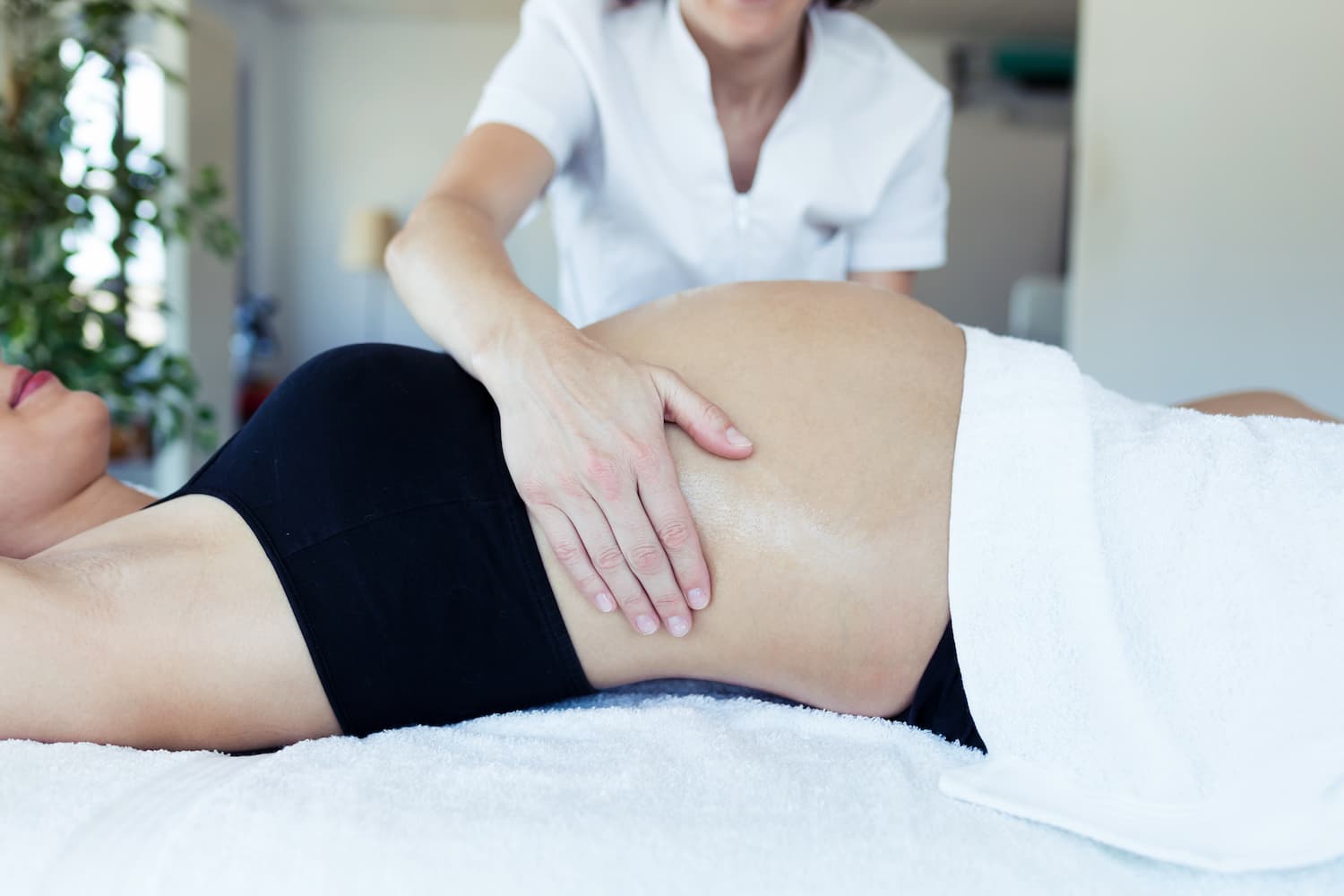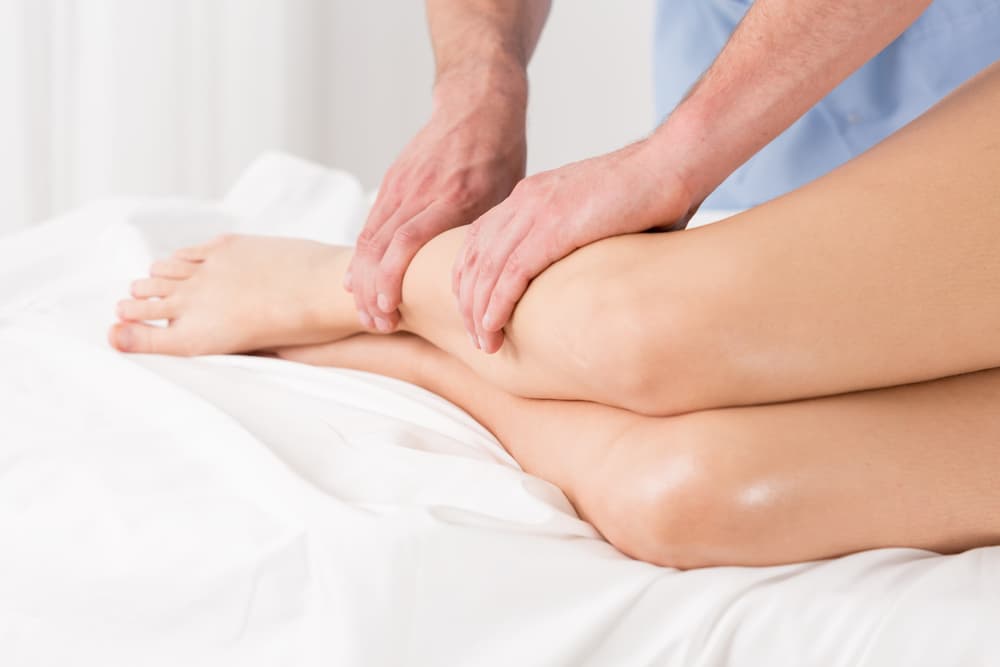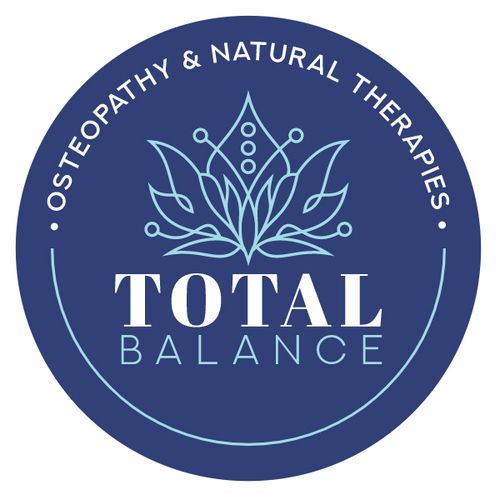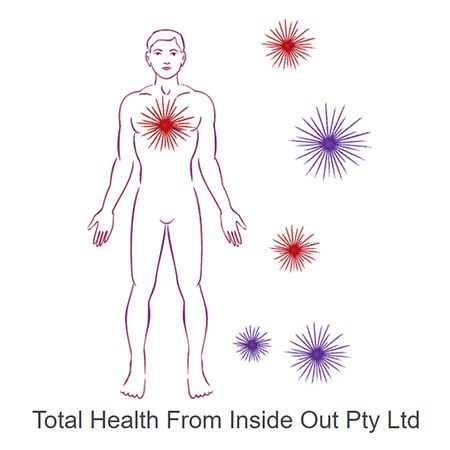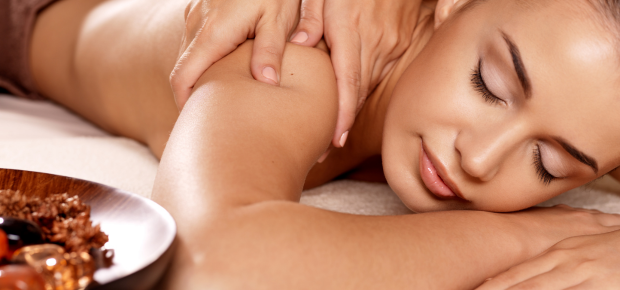
Let’s be honest—who doesn’t love a good massage? It’s that one-hour escape from the world where stress melts away, and your body gets a bit of the TLC it deserves. Whether you’re booking one to unwind, treat a sports injury, or deal with tension from sitting at a desk all day, massage therapy has something for everyone.
But is it possible to have too much of a good thing?
Let’s explore what science and common sense say.
What are the benefits of massage?
Let's begin by exploring the reasons why massage is so good for us. While different techniques deliver varied benefits, the overall benefits of massage include:
- Immense relaxation
- Muscle tension relief
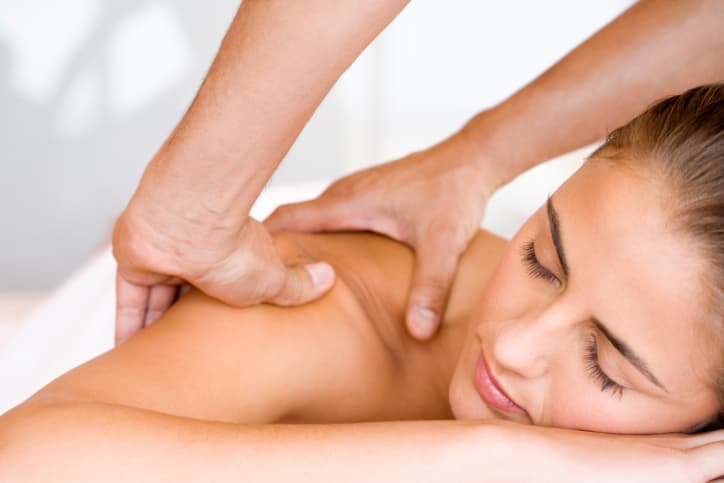 Improved skin tone
Improved skin tone- Relief from sore joints
- More restful sleep
- Improved waste removal
- Increased white blood cells to boost your immune system
- Heals injuries and pain
- Widens the blood vessels to improve blood circulation
- Regulates cortisol level
It's not just the body that benefits from massage, however. Your mind also enjoys reduced stress, mental distress, improved self-confidence, a natural high caused by endorphins being released, and an enhanced sense of wellbeing.
When and why people get massages
There’s no one-size-fits-all reason for booking a massage. Some people go for therapeutic reasons—chronic pain, injury recovery, or mobility issues. Others just want a bit of self-care. Some go once a month, others weekly, and a few even daily.
And that’s okay. Regular massage can support your body’s natural repair processes, ease emotional blockages, and help you maintain balance in day-to-day life. But just like exercise or coffee, too much may tip the balance.
Is it okay to combine two types of massage?
Absolutely—as long as it’s done by someone trained to tailor techniques safely. For example:
-
Sports massage is great for athletes before or after events.
-
Pregnancy massage supports relaxation and eases prenatal discomfort (only from trained practitioners).
-
Lymphatic drainage massage helps people with lymphoedema or other fluid retention issues.
-
Hot stone therapy can be paired with Swedish or deep tissue massage for a double dose of benefits.
Let your therapist know your needs, and they’ll adjust accordingly. Blending techniques can often lead to even better outcomes.
How much massage is too much?
Now for the juicy bit. While massage offers tons of benefits, going overboard might backfire a little.
After a deep tissue or intensive session, it’s normal to feel a bit sore. This is called delayed onset muscle soreness (DOMS)—and it’s basically your muscles adjusting to being stretched, loosened, or manipulated. It usually settles within a day or two.
Because of that, your body actually needs time between sessions to rest and recalibrate. A general rule of thumb?
-
One massage per month is a solid baseline for most people.
-
More frequent sessions (1–2 per week) may be helpful if you’re recovering from injury, have a chronic condition, or are using massage as part of a treatment plan.
-
Daily massages are usually unnecessary unless prescribed for a specific medical condition (like post-surgical lymphatic drainage).
There’s no universal cap, but moderation is key. More isn’t always better—especially if your body starts feeling overworked rather than relaxed.
Are there any areas of the body you should avoid massaging?
assage can work wonders—but there are places where you should proceed with caution:
-
Damaged or injured areas: Avoid massaging areas with recent injuries, open wounds, fractures, or dislocations, as it may exacerbate the condition or slow the healing process.
-
Varicose veins: Massaging directly over varicose veins can cause discomfort or worsen the condition. A qualified massage therapist should use light, gentle strokes around the affected area.
-
Deep vein thrombosis (DVT): Massaging areas with blood clots can dislodge the clot, leading to a potentially life-threatening condition called pulmonary embolism. Avoid massaging these areas and consult a healthcare professional.
-
Infections or rashes: Avoid massaging areas with skin infections, rashes, or contagious skin conditions, as it may spread the infection or irritate the skin.
-
Tumors or cancerous areas: Massaging areas with tumors or cancer should be avoided unless specifically approved by a healthcare professional, as it may promote the spread of cancer cells.
-
Abdomen during pregnancy: Pregnant women should avoid deep abdominal massage, especially during the first trimester, as it may cause discomfort or pose risks to the developing fetus. A qualified prenatal massage therapist can provide appropriate massage techniques for pregnant women.
-
Bony prominences and joints: Be cautious when massaging bony areas, such as the spine, knees, and elbows, as applying too much pressure can cause discomfort or injury.
Always talk to your massage therapist beforehand, especially if you have any medical concerns. Better safe than sorry.
Is there actual evidence of harm from too much massage?
While massage therapy is generally safe, overindulgence or overly intense sessions can lead to certain adverse effects:
-
Post-Massage Soreness and Malaise (PMSM): After a strong massage, some individuals may experience soreness and general discomfort, often attributed to minor muscle damage or inflammation caused by intense pressure during the session.
-
Rhabdomyolysis: In rare cases, particularly following very deep or aggressive massage, there's a risk of rhabdomyolysis—a serious condition where damaged muscle tissue releases proteins into the bloodstream, potentially leading to kidney damage.
-
Nerve Damage: Although uncommon, improper technique or excessive pressure during massage can lead to nerve injuries, resulting in numbness, tingling, or weakness in the affected areas.
-
Blood Clot Dislodgement: There have been reports of deep tissue massage dislodging blood clots, leading to serious complications like pulmonary embolism. This is particularly concerning for individuals with known clotting disorders or those at risk.
-
Financial Stress: Frequent massage sessions can become costly over time, potentially leading individuals to prioritize massage over other necessary medical treatments.
It's important to note that while these side effects are possible, they are relatively rare. Moderate and regular massage is generally safe and offers numerous health benefits. The key is listening to your body, ensuring sessions are appropriately spaced, and consulting with a qualified therapist to tailor the frequency and intensity to your individual needs.
How long should you wait between massages?
It depends on what you’re aiming for:
| Purpose | Frequency (approximate) |
|---|---|
| General relaxation | Every 2–4 weeks |
| Chronic pain or rehab | 1–2 times per week |
| Athletes / physical labourers | Weekly or biweekly |
| After deep tissue work | Every 2–4 weeks (to recover) |
Some people thrive with more frequent massage, while others feel great spacing them out. If in doubt, chat with your therapist.
Wrapping it up
Yes, it’s possible to have too many massages—but only if you’re not giving your body time to bounce back, or if you’re using it to patch over something that really needs medical attention or emotional support.
As long as you’re working with a qualified therapist and staying in tune with how your body feels, massage can be part of a healthy, balanced self-care routine. So go ahead—book that session. Just maybe not every day.
Feel like finding a trusted massage therapist? Check out the Natural Therapy Pages to browse massage options near you.
And if you’re feeling like you’re becoming a bit too dependent on it, it’s totally okay to talk to a counsellor about it. Self-care includes asking for help when you need it, too.
